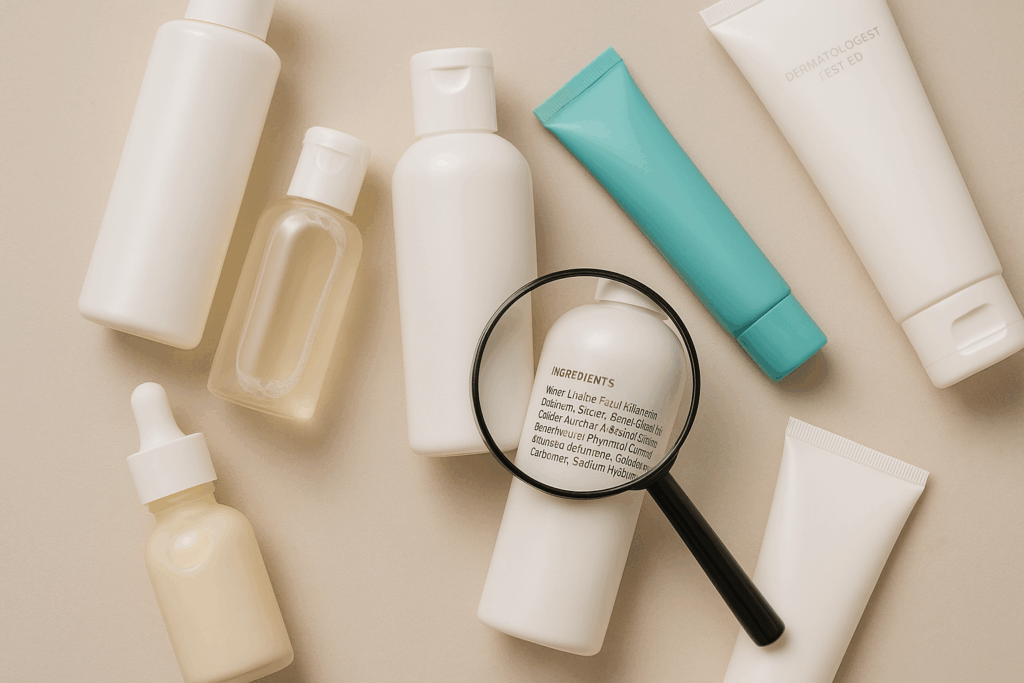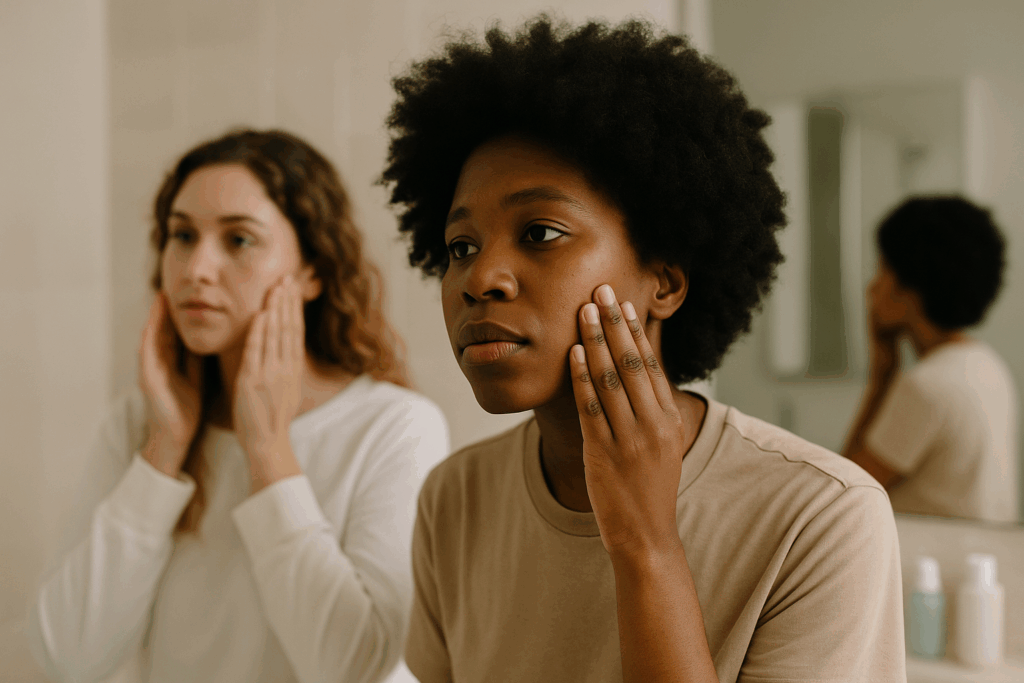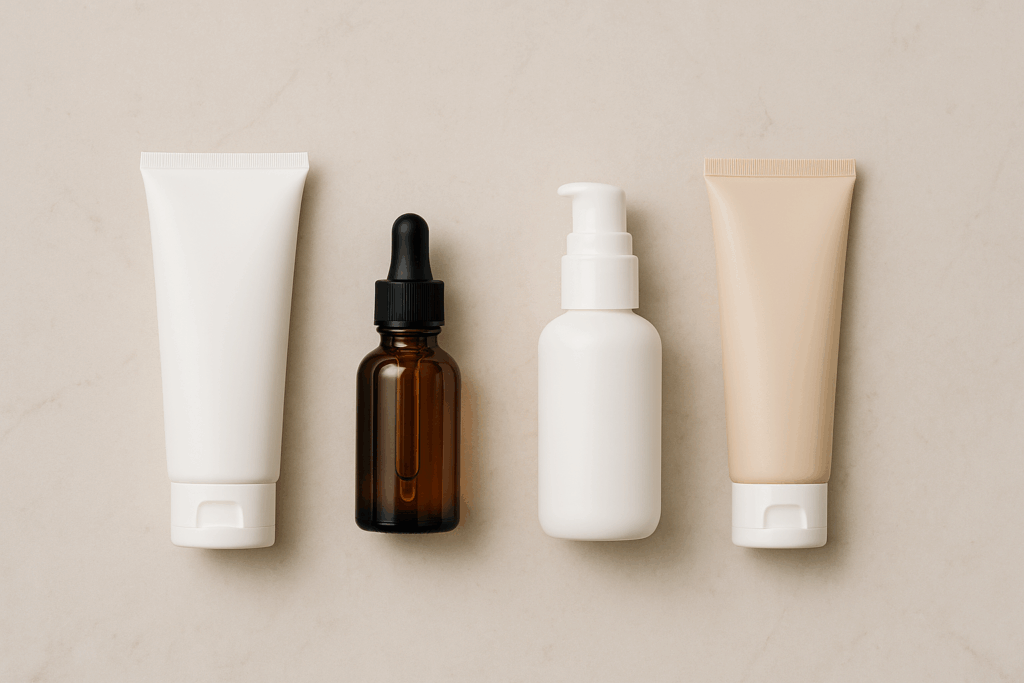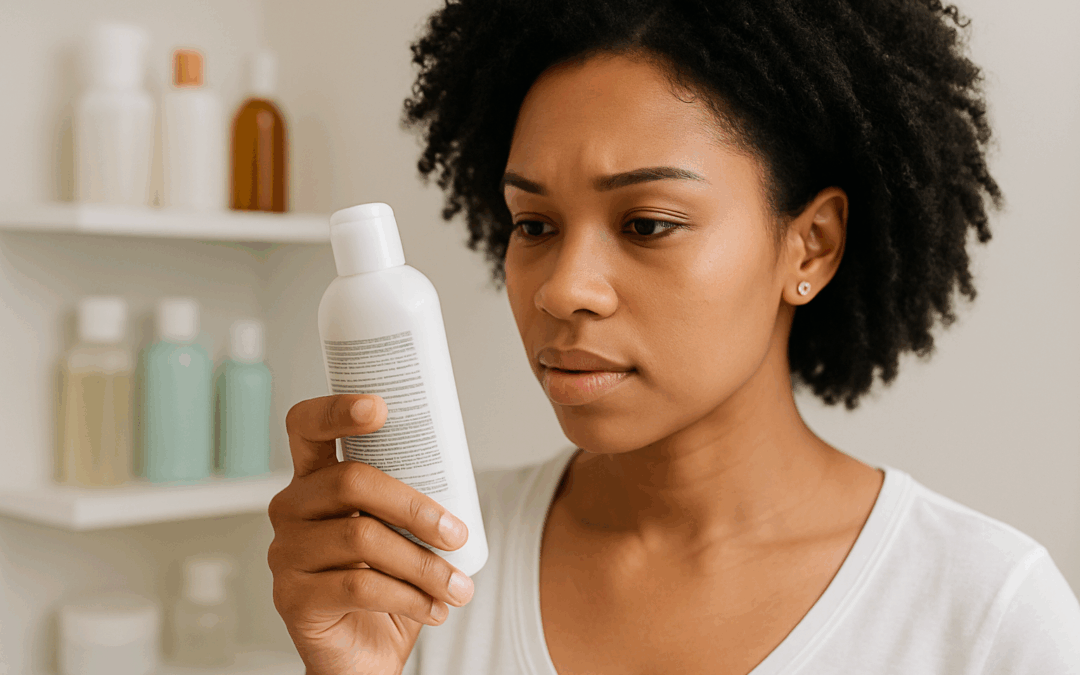Skincare aisles are overflowing with promises—glow this, hydrate that, anti-everything. But behind the sleek packaging and buzzwords lies a complex world of ingredients most of us can’t pronounce, let alone understand. If you’ve ever flipped over a bottle and felt overwhelmed by the label, you’re not alone. Here’s how to demystify those ingredient lists and make smarter, skin-savvy choices.
Learn to Read the Ingredients List

The ingredient list on skincare products follows a standard format: ingredients are listed in descending order by concentration. That means what appears first is present in the highest amount. Water (aqua) is usually at the top—it’s the base for most lotions and creams. But what matters more is what follows.
Key tip: Active ingredients (the ones actually doing the work) often appear toward the middle or even end of the list, especially if they’re potent and used in small concentrations, like retinol or salicylic acid. Be cautious of products that advertise a key ingredient prominently but list it last—that’s usually a red flag.
Watch for Common Buzzwords
Terms like “natural,” “clean,” “non-toxic,” and “dermatologist-tested” are everywhere, but many aren’t regulated. Here’s a breakdown:
- Natural: Doesn’t guarantee purity or safety. Poison ivy is natural, after all.
- Clean Beauty: Vague and varies by brand. It often means free from certain ingredients, but definitions differ.
- Hypoallergenic: Suggests lower allergy risk, but not a regulated term.
- Dermatologist-Tested: Just means a dermatologist was involved in some capacity—not necessarily that it’s safe or effective for all skin types.
Don’t let clever marketing replace actual ingredient knowledge.
Understand What Your Skin Actually Needs

Before reaching for the latest “miracle serum,” take stock of your skin type and concerns. Is your skin oily, dry, combination, or sensitive? Are you dealing with acne, fine lines, redness, or dullness?
Once you know what you need, look for ingredients with proven benefits:
- Dry skin? Look for glycerin, hyaluronic acid, ceramides.
- Oily or acne-prone? Try niacinamide, salicylic acid, tea tree oil.
- Sensitive skin? Avoid fragrances and alcohols; stick to soothing agents like aloe vera and colloidal oatmeal.
It’s also smart to introduce one new product at a time to see how your skin reacts.
Know Which Ingredients to Be Wary Of
Some ingredients can irritate or harm the skin over time, especially in higher concentrations. Here are a few to be cautious with:
- Fragrance (Parfum): Can trigger irritation or allergic reactions.
- Alcohol Denat (Denatured Alcohol): Often used to dry out oily skin but can strip and damage the skin barrier.
- Essential Oils: Natural but highly concentrated; some can cause photosensitivity or irritation.
Just because it’s trendy or plant-based doesn’t mean it’s automatically good for your skin.
Build a Smarter Routine

You don’t need a 12-step routine or the trendiest ingredients on the market. A good basic routine includes:
Targeted Treatments: Serums or spot treatments, depending on your needs.Skincare aisles are overflowing with promises—glow this, hydrate that, anti-everything. But behind the
Cleanser: Choose gentle, sulfate-free formulas that don’t strip your skin.
Moisturizer: Tailored to your skin type—gel-based for oily skin, cream-based for dry.
Sunscreen: Daily use of SPF 30+ is non-negotiable.

